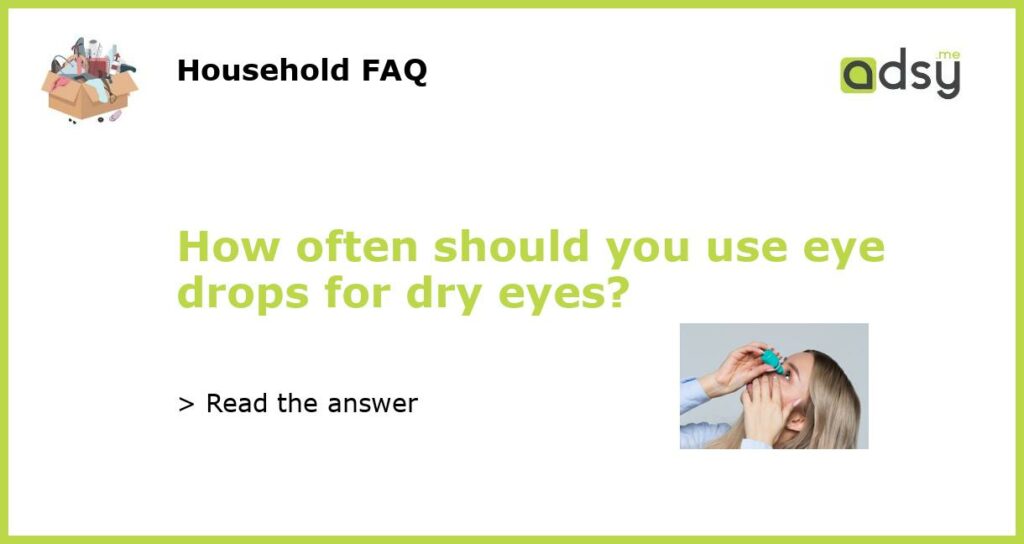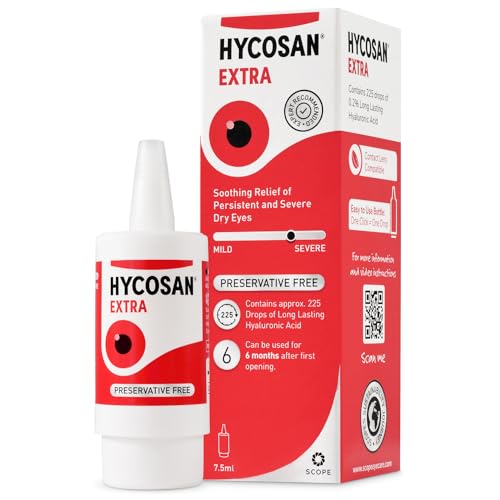Understanding Dry Eyes and When to Use Eye Drops
Dry eyes happen when your eyes are unable to produce enough of tears, or the composition of tear generated is of poor quality that can’t lubricate and nourish the eyes efficiently. This can lead to itchiness, a feeling of grittiness in the eyes, redness and even blurriness.
Most cases of dry eyes can be resolved by using over-the-counter artificial tear drops, which help in replenishing the moisture to the eyes and soothes dryness and irritation. But the question is, how often should one use eye drops for dry eyes?
Using Eye Drops: Frequency and Dosages
Typically, eye drops for dry eyes can be used as often as needed throughout the day, but the frequency can depend on a few factors, namely :
- The severity of the dry eyes
- The specific type of eye drop recommended by the doctor or optometrist
- The environment and activities that the person is engaged in on a day-to-day basis
Your doctor or optometrist is best placed to recommend when and how often to use eye drops for best results. But as a guideline, most people with mild to moderate cases of dry eyes use eye drops around four to six times a day, or as and when needed.
Best Practices in Using Eye Drops for Dry eyes
Although eye drops are generally safe and very helpful in treating dry eyes, there are some best practices that people should follow to ensure the eye drops work as efficiently as possible.
- Read the instructions carefully before use.
- Use only as indicated by doctors or optometrist
- Use sterile eye droppers that are thoroughly washed before use and prescribed by doctors or optometrist.
- Avoid sharing eye drops, as this can lead to eye infections.
- Avoid using eye drops that are past their expiry date or when cloudy or old-looking.
It is essential to keep your eyes lubricated and clean to ward off uncomfortable, dry eyes. Using artificial eye drops as needed can be an excellent way to treat dry eyes and ease the discomfort associated with it. Where possible, address the underlying issue to prevent future episodes of dry eyes. Ensure you consult with your doctor or optometrist to set up a personalized dry eye treatment






